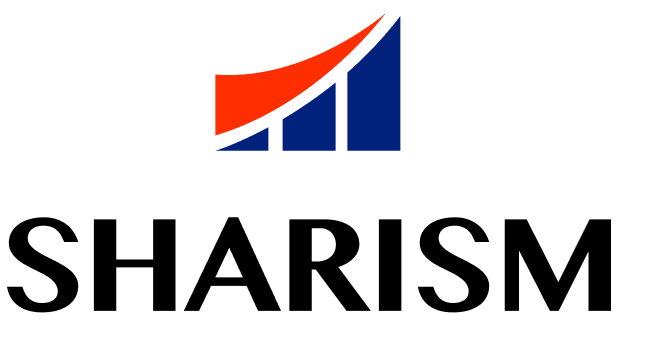Don’t Forget to Address Prepaid Services in Your Business Purchase Agreement
A significant number of business owners who purchased a business were later greeted by the unexpected liability of pre-paid services. Prepaid services are defined as any income or revenue a business owner has received where they have an existing liability to perform these services in the future. Prepaid services can take many forms including:
- Gift cards
- Deposits
- Credits in lieu of refunds
When purchasing a business, a buyer is likely to assume these liabilities. It is unreasonable to expect a buyer to bear the cost of these liabilities without some claim to the revenue received by a seller.
In this article Eric Gall, founder and licensed broker of Edison Business Advisors, discusses how each prepaid service mentioned above can be addressed in a business purchase agreement to avoid conflict post-acquisition.
Gift Cards
Gift cards are a common prepaid service for businesses, such as restaurants, hair salons, massage parlors, and other retail outlets. The general rule is for a buyer to hold back a percentage of the value of the outstanding gift cards for a specified time period. The specified time period is usually 12 months. The percentage of value withheld is usually consistent with a seller’s combined historical cost of goods sold and labor percentages. The money is released monthly based on the percentage of the dollar volume of the gift cards redeemed in the prior month. These releases would occur monthly until the holdback is fully released, or 12 months, whichever occurs first. Allocation of gift card revenue can generally be performed monthly by the buyer and seller.
In this example, we will look at how to address gift card liabilities in a purchase agreement for a restaurant. Let’s say a seller’s outstanding gift card liability is $20,000, their historical cost of goods sold is 35%, and their historical labor percentage is 25%. The combined percentage of value withheld is 60%. In this example, a fair hold back on the outstanding gift card liability would be 60% of $20,000, or $12,000. This $12,000 would be released monthly based on 60% of the dollar volume of the gift cards redeemed in the prior month. These releases would occur monthly until the $12,000 holdback is fully released, or 12 months, whichever occurs first.
Deposits
Deposits are a common prepaid service for businesses, such as contractors and other professional service providers. Allocation of deposits between a buyer and seller is typically more complicated than gift cards. The reason is often some of the work, or liability, has already been expensed. Each deposit needs to be looked at individually to determine how much of the liability for that customer has already been expensed. Allocation of deposits is generally an exercise best performed by a buyer’s and the seller’s CPAs with a buyer’s and seller’s involvement a day or two prior to closing to make sure the allocation is completed as equitably as possible.
In this example, we will look at how to address prepaid deposits in a purchase agreement for a contractor. Let’s say a customer placed a deposit of $20,000 for a $40,000 renovation. At the present time, no physical labor has been performed and no materials have been purchased. However, some overhead has been expensed as an estimate has been conducted and the sale has been made. In this instance, a seller may be allowed to keep a small portion of the $20,000 deposit to recover the expenses of the estimator and salesperson’s commissions and receive a small portion of the profit margin. For simplicity’s sake, let’s say the expenses of the estimator and salesperson’s commissions and a small portion of the profit margin are equivalent to $2,000; therefore, a buyer would receive an $18,000 credit to the sale price at closing for this specific deposit.
Using the same example, let’s say the contractor has purchased all $10,000 of materials for the renovation and has completed 20% of the job. In this instance, the $40,000 for the total job minus $10,000 of materials and minus $2,000 for the expenses of the estimator and salesperson’s commission and a small portion of the profit margin would leave $28,000 for labor, overhead, and profit. A seller would retain $12,000 plus 20% of the remaining $28,000, or $5,600. In this example, a seller would keep $12,000 plus $5,600, or $17,600 of the $20,000 initial deposit. A credit of $2,400 would be given to a buyer at closing. The buyer would also earn the remaining $20,000 due once the renovation has been completed.
Credits in Lieu of Refunds
A credit in lieu of refund would be treated exactly like a gift card. Allocation of credits in lieu of refunds can generally be performed monthly by the buyer and seller.
Conclusion
As Eric Gall clearly demonstrated, when purchasing a business that accepts prepaid services, such as gift cards, deposits, or credits in lieu of refunds, it is critical to address these pre-paid services in the business purchase agreement to avoid conflict post-acquisition. He also expressed the importance of having the buyer and seller work together to make sure each pre-paid service is allocated in a fair and equitable manner. Eric also highly recommends consulting a business broker, financial advisor, and attorney when purchasing a business to identify and avoid other potential post-acquisition conflicts.
To learn more about Eric Gall, founder and licensed broker of Edison Business Advisors, click here.

